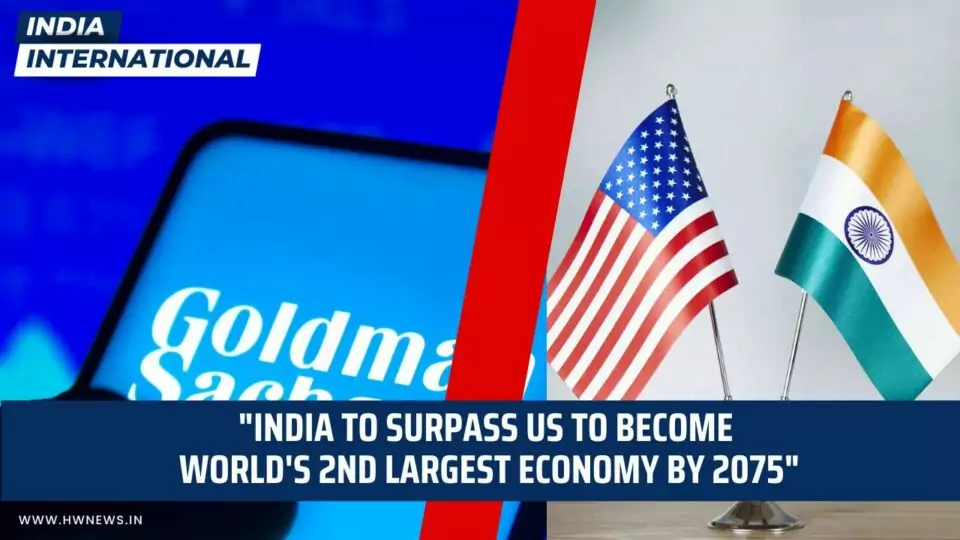Welcome to HW International. According to a report from Goldman Sachs, India is projected to become the second-largest economy globally by 2075, surpassing not only Japan and Germany but also the United States. The report highlights that India’s population of 1.4 billion people, soon to be the world’s largest, will contribute to a significant expansion in its GDP. Presently, India ranks as the fifth-largest economy worldwide, following Germany, Japan, China, and the US. Santanu Sengupta, the economist from Goldman Sachs Research, explains that India’s dependency ratio, a measure of dependents compared to the working-age population, is expected to be one of the lowest among regional economies. This suggests a higher proportion of working-age adults capable of supporting both the younger and elderly populations. Sengupta emphasizes the importance of maximizing the potential of India’s rapidly growing population by boosting labor force participation. He predicts that India will maintain one of the lowest dependency ratios among major economies for the next two decades. He further adds that this is an opportune time for India to focus on establishing manufacturing capacity, promoting service growth, and investing in infrastructure. The report also underscores the significance of innovation and increased worker productivity for India, as well as the role of capital investment as a driver of future growth. It states that with declining dependency ratios, rising incomes, and a more developed financial sector, India’s savings rate is expected to rise due to favorable demographics. The report acknowledges the government’s efforts in this regard and highlights the favorable conditions for a private sector capital expenditure cycle, given the healthy balance sheets of private corporations and banks in India. However, the report highlights a potential downside risk to India’s economic growth if the labor force participation rate does not increase. It notes that the labor force participation rate in India has declined over the past 15 years, particularly among women. The report suggests that creating more opportunities, especially for women, could boost the labor force participation rate and further enhance potential growth. Regarding India’s current account deficit, the report acknowledges that net exports have been a drag on growth. However, it highlights that service exports have helped mitigate the impact on current account balances. Unlike many export-dependent economies in the region, India’s economy is primarily driven by domestic demand, with approximately 60 percent of its growth attributed to domestic consumption and investment.
#GoldmanSachs #Economy #India #UnitedStates #HWInternational #Japan #Germany #GDP #China #US #Economist #HWNews
As an independent media platform, we do not take advertisements from governments and corporate houses. It is you, our readers, who have supported us on our journey to do honest and unbiased journalism. Please contribute, so that we can continue to do the same in future.

